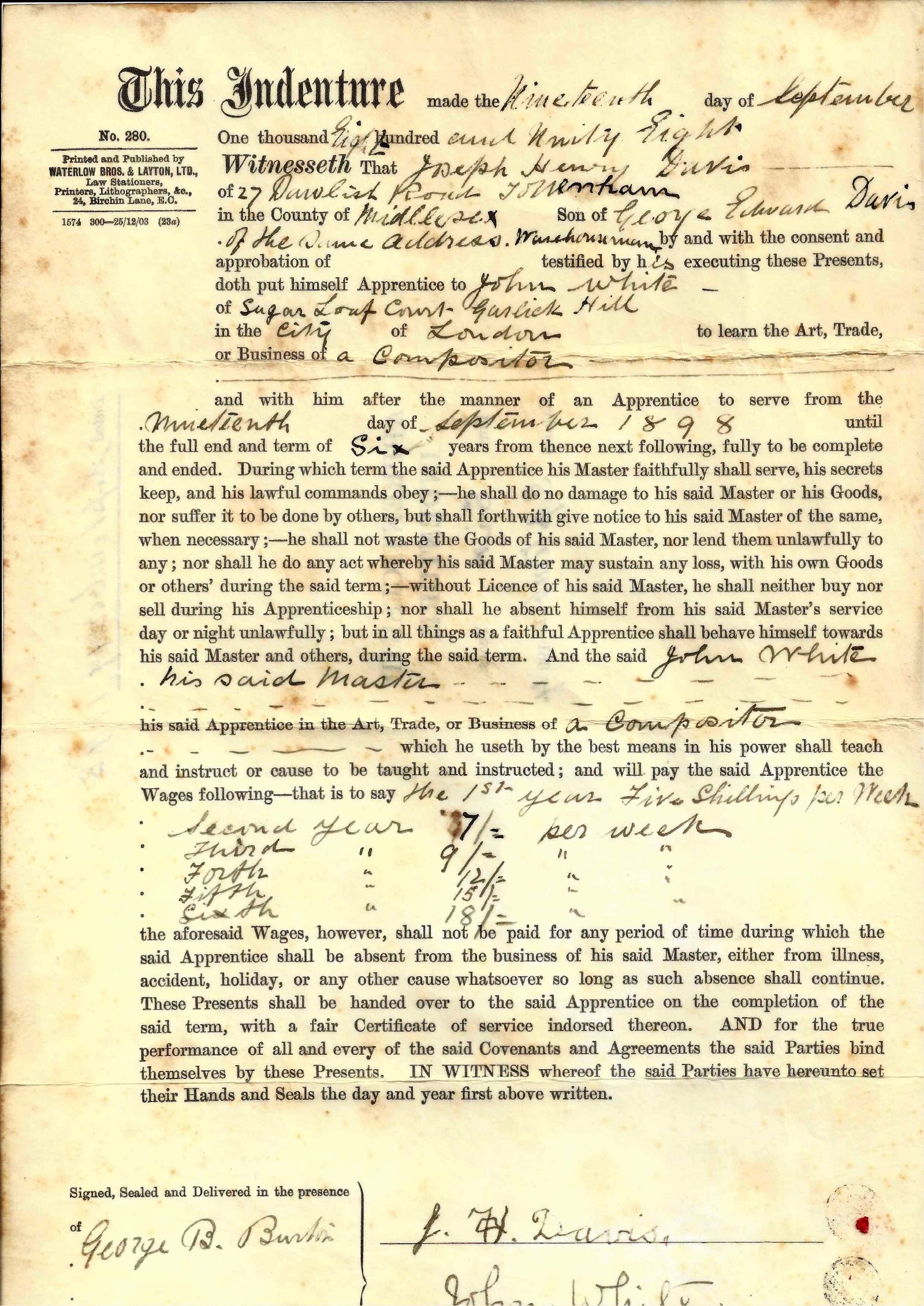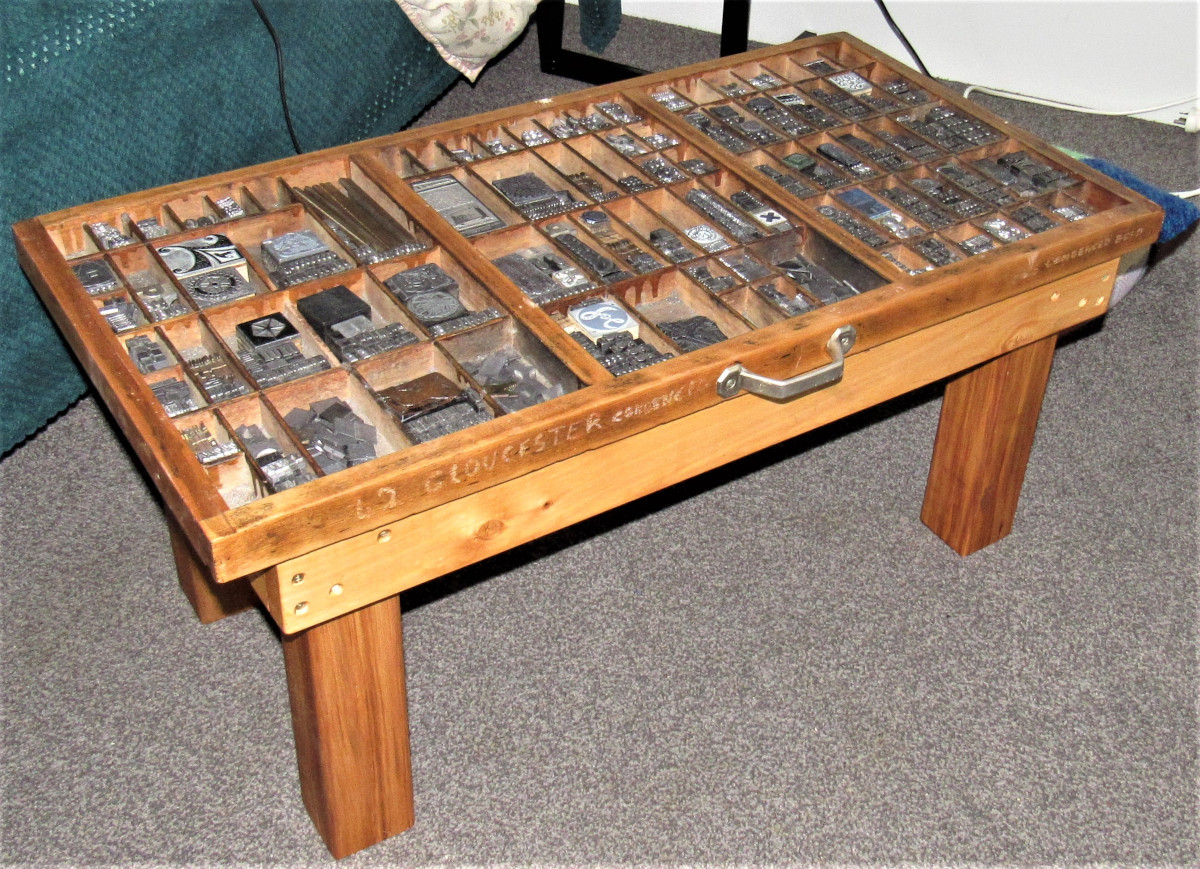“The latest development in the field of modern setting machine technology” is the heading on the cover of the leaflet promoting the Universa linecaster, one of the very few such machines to be built incorporating a bank of six magazines and which was the impressive leader in the range of “New Line” machines produced during the 1960s by Mergenthaler Linotype GmbH of Frankfurt.
As this 3000kg giant was intended only for manual operation, its casting speed was 8 to 12 lines per minute, and it could be fitted with a mixture of split 72- and 90-channel magazines in various combinations (three of each; two 90s/four 72s; one 90/five 72s, etc) as circumstances demanded. The keyboard automatically adjusted itself according to which type of magazine was in use. Elevation and fanning of the magazines was an electrohydraulic operation to facilitate the mixing operation from four adjacent magazines. Read the Full Article . . .









